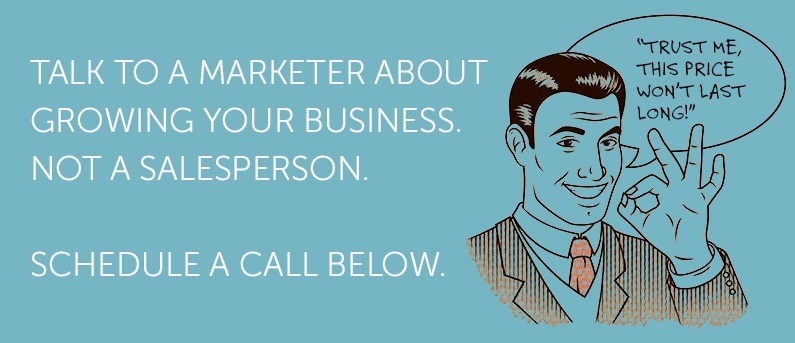 We all know how the latest trends fuel our buying habits, our taste in clothes and accessories and our vacation plans. We also know that a recommendation from an existing customer is the best possible way to generate new sales leads. Research shows that 79% of consumers trust online reviews as much as personal recommendations, and it’s even more likely to result in new business when those reviews or referrals are from friends or family. Now, Facebook has taken the power of recommendations to new heights with the recent changes to its Graph Search function, and you’d better be ready to capitalize on it or you’ll be left behind.
We all know how the latest trends fuel our buying habits, our taste in clothes and accessories and our vacation plans. We also know that a recommendation from an existing customer is the best possible way to generate new sales leads. Research shows that 79% of consumers trust online reviews as much as personal recommendations, and it’s even more likely to result in new business when those reviews or referrals are from friends or family. Now, Facebook has taken the power of recommendations to new heights with the recent changes to its Graph Search function, and you’d better be ready to capitalize on it or you’ll be left behind.
How Graph Search Works
Graph Search enables users to find people, places and pages by searching through content posted by their friends or marked public. It also works on hashtag results, in much the same way Twitter does. With the new changes, you can now also search for comments, check-ins, status updates and photo captions to find issues of interest. You can refine your results by adding search filters for specific names, dates and times. Although this is being rolled out in stages as Facebook usually does with updates, we expect it will reach most users in the coming months.
Ways to Take Advantage of the Changes
Essentially, Graph Search offers users a search experience based on their network of contacts, which means the results are personalized according to interests they have in common with friends. This gives a marketer the ability to target a much larger group of people by searching through a larger set of information. You can take advantage of this by doing the following:
- Keep your company page up to date. Graph Search helps users to find company pages that their friends have liked or shared. The more detailed your page is the easier it is for them to find you, so fill out all your contact information and make sure your About section provides a snapshot of who you are and what you do. Use a recognizable logo or product image to help users understand what you do, and grab attention with a cover image that’s eye-catching. Manage your page properly by adding posts and updates regularly to develop your relationship with your followers and boost engagement, and track the activity on your page using Facebook’s Page Manager function.
- Take a local view. While your competitors are fighting to rank their website’s in Google’s search results, you can step back and relax. By using Graph Search effectively, you can raise your profile in local search based on the information on your Facebook page. For small businesses that don’t have a website yet, this offers you the chance to compete on an equal footing with larger companies to generate sales leads.
- Identify people you have previous connections with, such as former colleagues and alumni. Remember, business is about who you know rather than what you know, and Facebook gives you the chance to create relationships online that Google never did. By expanding your network, you’ll build up the list of people who may have similar interests to you that you can tap into when you need to find common ground for marketing purposes.
- Check out your followers. Don’t just sit back and count the Likes—find out who they are, what they’re looking for and why they might be following you. This gives you the chance to increase your prospective client list and communicate directly with them on issues they consider important.
- Find common interests. Promote your business to those friends in your network that have common interests with you. This makes it possible for you to focus your marketing efforts on those prospective clients that you know are interested in your industry, instead of “pushing” information at people that they don’t want to consume. You can also pinpoint specific information about your audience that your campaign can target. For example, you can market Valentine’s Day flower arrangements at people in a relationship for less than a year.
- Identify the fans of your competitors by Liking their page and then checking their followers out. You can even find people to target with an email marketing campaign based on their Likes. For example, when you set up a Facebook Ad, the system asks whether to show it to people who are friends of a particular user, or have Liked a particular page.
It’s been said for a long time that Facebook Likes are great to have, but they don’t translate into actual business. This could be about to change, since Graph Search now makes it possible to show what friends and followers have Liked and craft your campaign according to the intelligence that gives you.

